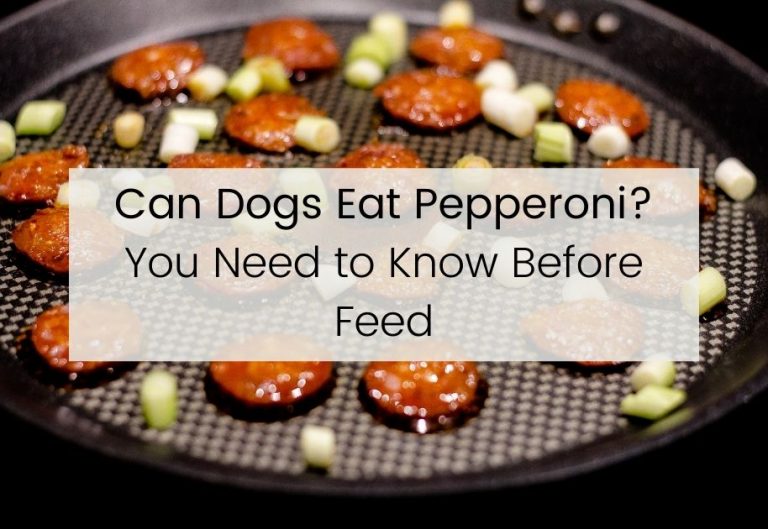Is Brown Rice Unhealthy For Dogs To Eat?
Not at all! Brown rice is great for dogs in moderation.
It is important that you are not giving your dog too much rice as a filler ingredient as too much of a good thing can always cause problems like diarrhea.
Diets that lack healthy and beneficial ingredients such as brown rice and grains have recently been linked to a rise in heart conditions such as dilated cardiomyopathy.
What Are The Benefits Of Feeding Black Rice To Dogs?
Black rice is rice that has been turned black from the husks surrounding the rice grains.
It has a high antioxidant content and is thought to be particularly beneficial to dogs with inflammatory conditions.
It is also a good source of Molybdenum, which is a nutrient that dogs need to metabolize protein and maintain healthy cartilage.
In fact, black rice is a powerhouse, packed with a good source of fiber and antioxidants for dogs, which can help keep their digestive system healthy and protect them from free radicals.
Can Dogs Eat Black Rice?
Black rice is a staple in many dishes and is commonly grown and harvested in the US, China, Thailand and Vietnam.
But can dogs eat black rice?
The answer to this question is both yes and no.
Many people have begun to use more rice as a healthy carbohydrate in their dog’s meals, but whether they can eat certain rice types is really the concern.
Dogs can eat a bit of black rice, but how much is too much? Black rice is high in nutritional value, but it also comes with some risks.
Keep reading to find out what the pros and cons are.
Can Dogs Eat Black Rice?
Yes, dogs can eat black rice, which is in fact a more nutritious grain than more common varieties. Black rice has been proven to be one of the most nutritious and beneficial kinds of rice, with high contents of fiber, iron, B vitamins, and antioxidants.
This proves that black rice is one of the best grains for overall health and nutrition, whether eaten by humans or dogs!
Black Rice Contains
- Proteins
- Low in fat
- Rich in fibers (useful in case of constipation and diabetes)
- Mineral salts (calcium, iron, zinc, and selenium)
- Vitamin (B1, B12)
Can Dogs Eat Any Rice?
Yes, in small amounts. The problem is that rice is a carbohydrate, which very quickly turns to glucose.
Dogs are not able to digest starches quite as fast.
Can Black Rice Be Bad For Dogs?
If too much black rice is eaten it can cause diarrhea, loss of appetite, and eventually ataxia (inability to stand up).
Rice is a beneficial ingredient in many dog diets, however too much can cause a dog to become overweight or obese.
Prolonged obesity will have an adverse effect on the body, potentially leading to excessive joint pain, heart failure and diabetes.
Of course, a dog’s diet should be monitored anyway but no more than ten percent should be rice.
Conclusion: Is It Safe To Feed My Dog Black Rice?
The answer is yes, but you should always consult with your veterinarian before making any changes to your pet’s diet.
Some dogs may experience gastrointestinal discomfort after eating black rice, so it’s best to start with a small amount and monitor your dog’s reaction.
In conclusion, the benefits of black rice have long been propagated as a great addition to your dog’s daily diet.
There’s no major reason why your pooch shouldn’t enjoy a bite or two of this delicacy from time to time.
Just be wary of giving too much if you notice that your dog has digestive issues. Remember that moderation is the key to everything!
How Can You Feed Rice To Your Dog?
Most dogs enjoy eating rice, and for good reason. This versatile grain is nutritionally beneficial for dogs in several ways, most notably the presence of beneficial vitamins and the fact it provides dogs with extra energy.
You can include rice in your dog’s diet, but you need to know not to feed too much.
Which grain you feed your pet depends largely on preference; some pet owners prefer brown rice while others choose white rice.
One of the reasons for this preference is that each variety has different health benefits.
For example, brown rice contains more fiber than white rice and has important antioxidants such as vitamin E and selenium. These nutrients are not present in white rice.
However, white rice is easier on your dog’s stomach and is a good choice if your pet has trouble digesting complex carbohydrates.
You can cook rice in a variety of ways to make it more appealing to your dog.
One option is to boil the rice in water and then mix in some cooked, shredded chicken, beef, or turkey.
You can also add some vegetables, such as diced carrots, green beans, or brussels sprouts, for added nutrition.
Another option is to make a rice pilaf by cooking the rice in chicken broth.
This dish is not only flavorful but also provides your dog with important minerals, such as potassium and sodium.
As with all new foods, you should introduce rice to your dog gradually, starting with just a small amount and gradually increasing the quantity until she’s eating the same amount as her regular food.
What Are The Benefits Of White Rice For Dogs?
White rice is a carbohydrate that has very little nutritional value but will not harm your dog.
Rice can be commonly used as a “filler ingredient” in many commercial dog diets.
Brown rice and wild rice can also be beneficial for your dog's health as it is rich in heart and brain supporting nutrients.





